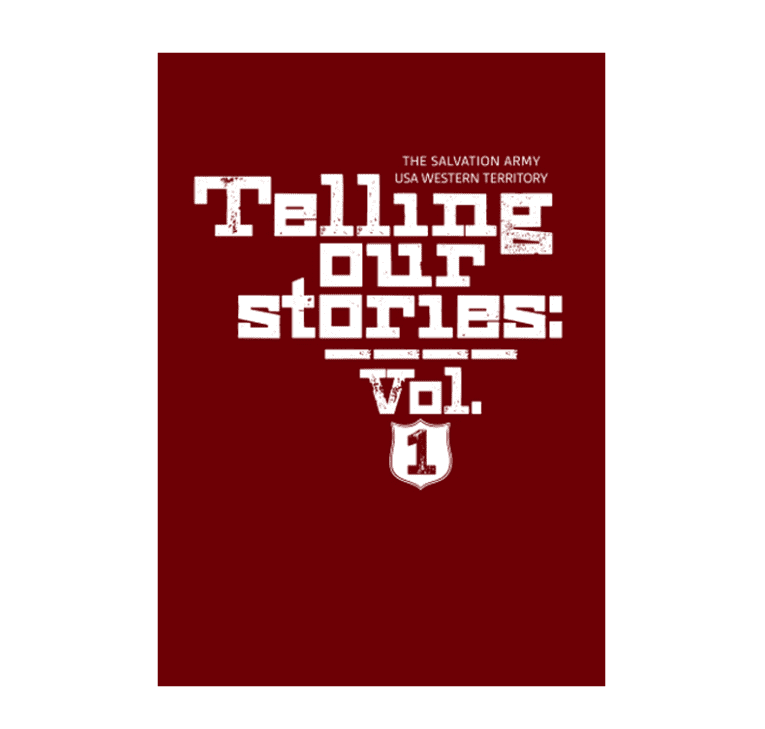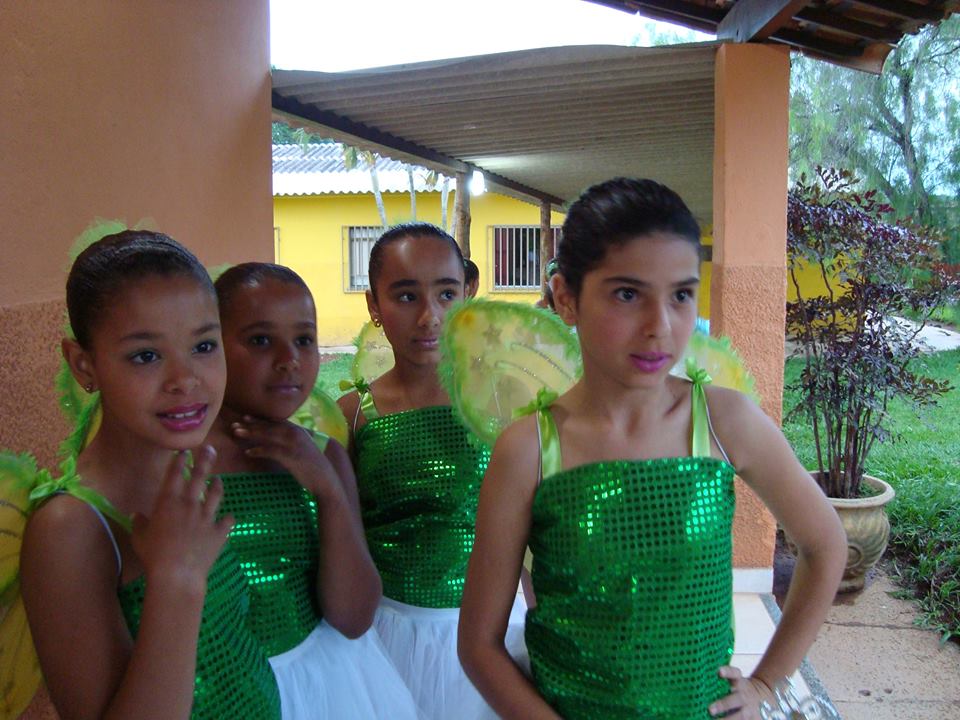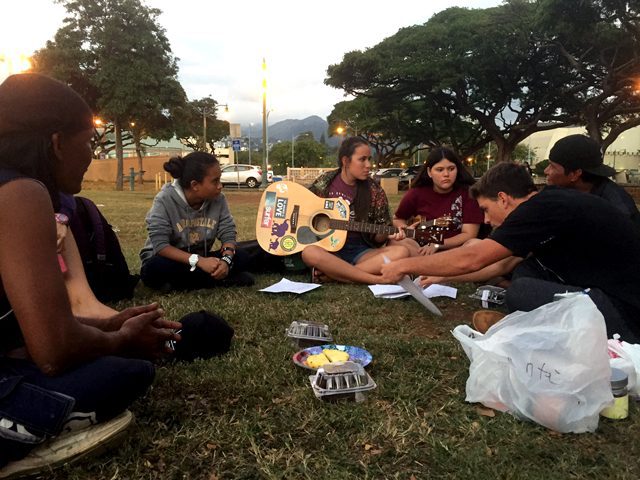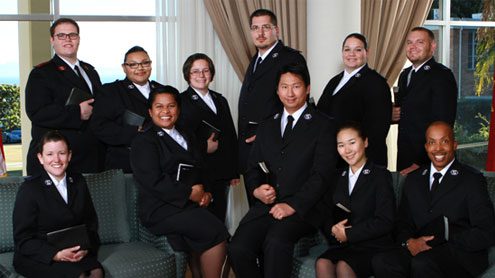New bi-annual publication features rich history of Salvation Army in the American West
Kevin Jackson, Major –
I love a good story. In fact, I believe our stories are what in great part make us fully human. My grandmother, one of the greatest storytellers I have ever known, held my attention for hours while spinning one yarn after another. Some of her stories were about our family; others were about the world in which we lived. She shared vivid stories of her childhood growing up during the Great Depression in Detroit, Mich., as well as legends of a family ghost who lived in the back bedroom of her house on Edison Street. Her stories define much of who I am and how I view the world. They provide a lens through which I understand my life. One of my favorite quotes sums up my feelings on stories and storytelling: “God created man because he loves stories.”
Our stories in The Salvation Army are as deep and rich as any I know. When we look closely at The Salvation Army in days gone by, we realize our history isn’t one large consensus past. Our stories aren’t just “doughnut girls” and “Joe the Turk.” Our history weaves a tapestry of thousands upon thousands of stories of individuals and groups of people who together have lived out the mission of The Salvation Army over 150 years.
As a historian, I’m convinced of the power contained in our stories. For most of our history, The Salvation Army has placed a significant emphasis upon stories. We call these testimonies. Each of our stories, whether individual or corporate, is a testimony of those things we believe and the experiences we have encountered. We need to understand the power in our stories, the power to transform the lives of others and the power to encourage, inspire and illuminate those who call The Salvation Army their own.
Our stories are an amazing seedbed for accomplishing the mission of The Salvation Army. Stories drive us to think about and enact our faith, so we began a project to do just that.
A biannual book will share some of the most significant stories in The Salvation Army’s history in the American West. “Telling Our Stories” is not a traditional history. It’s not a chronologically written record of times, dates and places, traveling from our original roots through to the present. Rather, it provides a non-linear approach to our past through our stories. Some of these stories are about individuals; others tell the story of programs and ministries, some that existed for short periods of time and others that continue today. At times the stories focus on a place or even a building. Most importantly, all of these stories share bits and pieces of who we are as Salvationists. Our hope is that you, the reader, will take in each individual story and appreciate it for the wonderful tale it provides, and that you will also come away with a better understanding of the greater story of The Salvation Army.
In the first edition, set for release this spring, you will find stories and photographs on four testimonies that capture our rich history.
“Remembering Mission2000,” by former Western territorial commander and General Paul Rader (Ret.) recounts the development and implementation of the West’s initiative, Mission2000—a defining moment in the territory.
“For My Kinsmen’s Sake,” by Lt. Col. Check Yee, O.F., chronicles the San Francisco Chinatown Corps, from its inception to the present day—a model of innovation and perseverance.
“The Manhattan Project,” by Commissioners Bill and Gwen Luttrell records the work of The Salvation Army among the youth counterculture in Los Angeles in the 1960s and 70s. For many young people on the streets of Los Angeles, sex, drugs, and rock and roll had a bad ending, and the Manhattan Project was there to offer hope.
“The Training College at 801 Silver Avenue,” by Lt. Col. Stephen Smith shares a unique tale centered around a building with a fascinating backstory.
We believe if you love a good story, this publication will be for you.
Find this book and more at frontierpress.org.















I was in the Manhattan Project in 1971. Had a serious drug abuse problem. All was not resolved until 1977 were I became a member of a 12 step program but I truly valued the relationships of the other young people I met and it served me as to interacting with a diverse group of people.
I was in the Manhattan Project in 1971. Had a serious drug abuse problem. All was not resolved until 1977 were I became a member of a 12 step program but I truly valued the relationships of the other young people I met and it served me as to interacting with a diverse group of people.